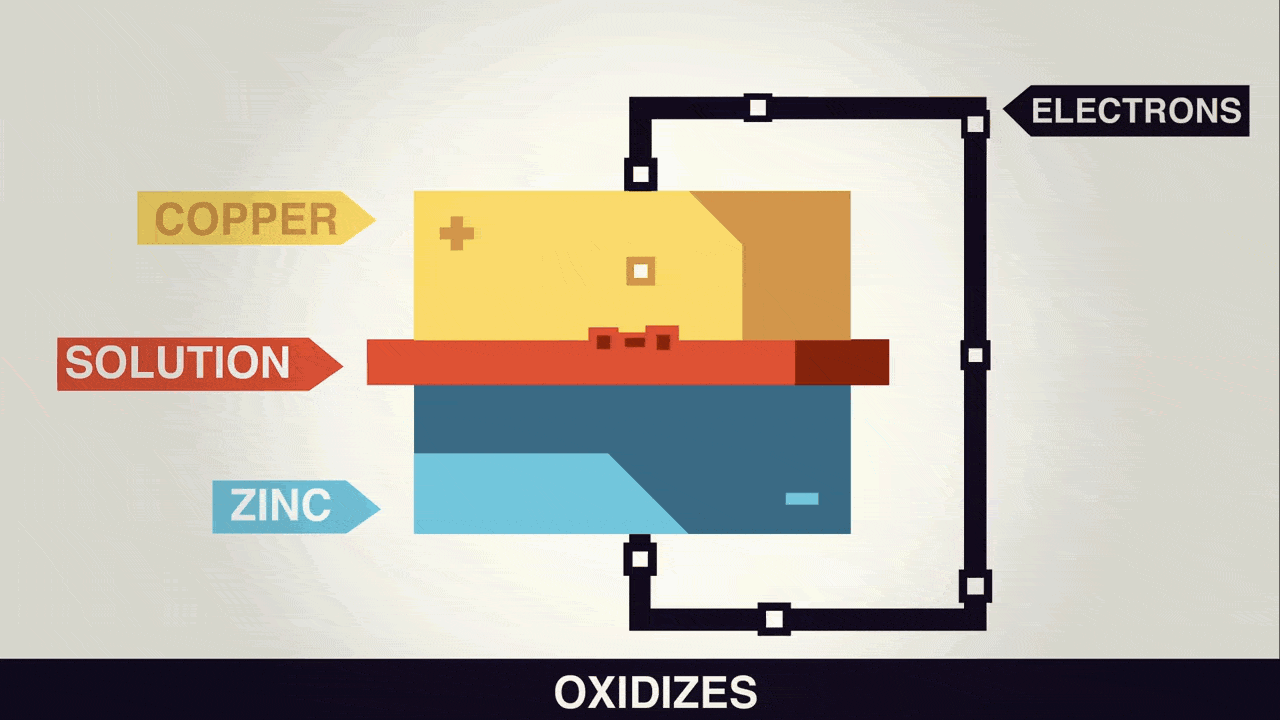Arbetsprincip för solceller
Solenergi är en ren, förnybar, och riklig kraftkälla som har nyckeln till en hållbar framtid. Kärnan i denna revolutionära energikälla ligger den anmärkningsvärda tekniken för solceller. I den här artikeln, Vi kommer att fördjupa arbetsprincipen för solceller, Släda ljus på hur de omvandlar solljus till elektricitet och utforskar de olika faktorerna som påverkar deras effektivitet.

Grunderna i solceller:
Solceller, ofta kallas fotovoltaiska celler, är halvledarenheter utformade för att fånga och omvandla solljus till elektrisk energi. De fungerar på principen om den fotovoltaiska effekten, Ett fenomen som först observerades av Alexandre-Edmond Becquerel i 1839.

Arbetsprincip:
- Fotonabsorption: När solljus, består av små paket med energi som kallas fotoner, slår ytan på en solcell, Det lockar elektronerna i cellens halvledarmaterial.
- Generation av elektronhålpar: Energin från absorberade fotoner höjer vissa elektroner i halvledaren till ett högre energitillstånd, Skapa elektronhålpar.
- Laddningsseparation: Ett elektriskt fält, vanligtvis skapat av en P-N-korsning i cellen, separerar dessa elektronhålpar. Elektroner skjuts mot n-typen (negativ) sida, Medan hål migrerar mot p-typen (positiv) sida av halvledaren.
- Nuvarande flöde: Denna laddningsseparation genererar en elektrisk ström när elektroner flödar från n-typen till P-typen, Skapa en elektrisk spänning.
- Elproduktion: Genom att ansluta ledande metallkontakter till cellens yta, Den elektriska strömmen kan utnyttjas som användbar el.

Faktorer som påverkar effektiviteten:
Flera faktorer påverkar effektiviteten hos en solcell:
- Materialval: Olika halvledarmaterial har varierande absorptionsspektra och energibandgap, som påverkar en cells förmåga att absorbera och omvandla solljus effektivt.
- Solljusintensitet: Mängden solljus som når cellen, vilket är beroende av geografisk plats och väderförhållanden, kan påverka dess prestanda avsevärt.
- Temperatur: Högre temperaturer kan minska effektiviteten hos solceller, Eftersom de kan öka rekombinationsgraden för elektronhål.
- Vinkel och spårning: Korrekt positionering och spårningssystem kan optimera vinkeln vid vilken solljus slår cellen, maximera energifångst.
- Celldesign: Framsteg inom celldesign, såsom celler med flera korsningar och anti-reflekterande beläggningar, har förbättrat effektiviteten.
Slutsats:
Solceller är hörnstenen i solenergitekniken, erbjuder en hållbar och miljövänlig lösning på våra energibehov. Att förstå deras arbetsprincip är avgörande för ytterligare framsteg inom området och för att optimera effektiviteten i solenergisystemen. När tekniken fortsätter att utvecklas, Solceller blir allt effektivare och överkomliga, Bana väg för en ljusare och mer hållbar framtid som drivs av solen.
Kontakta oss via WhatsApp/ e-post, eller fyll i formuläret, och vi kontaktar dig så snart som möjligt
